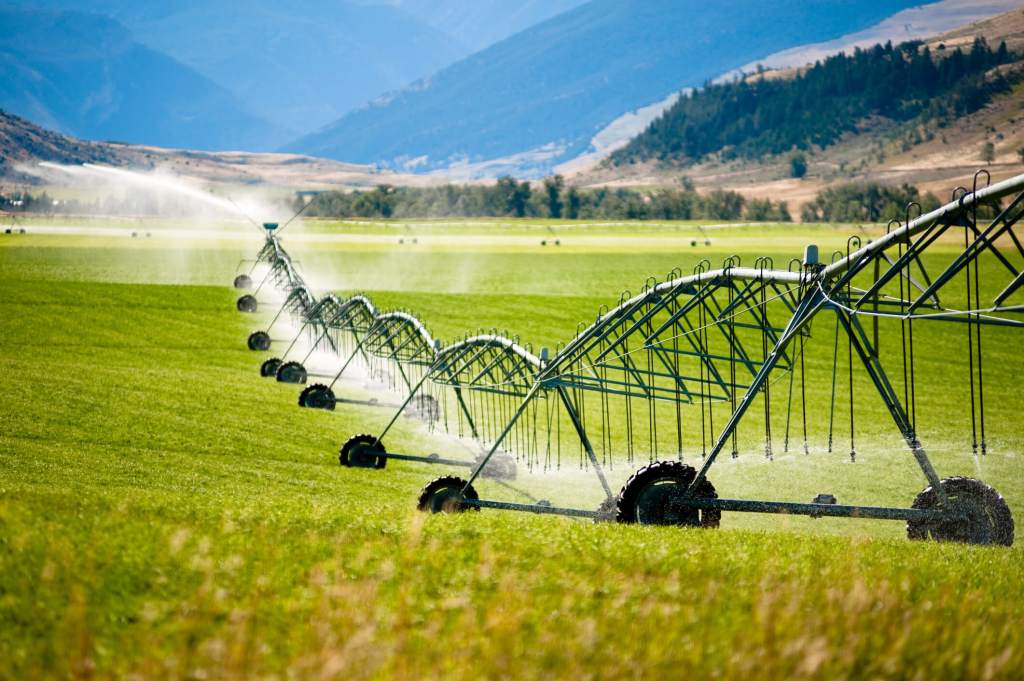Irrigation Systems: A Comprehensive Guide for Rural Living and Homesteading
As a homesteader or rural dweller, having a reliable irrigation system is crucial in maintaining your crops and gardens. Irrigation systems are designed to efficiently distribute water to plants without wasting resources, time, and energy. In this comprehensive guide, we’ll discuss the different types of irrigation systems available for small-scale farming and gardening.
1. Drip Irrigation System
Drip irrigation systems work by distributing water slowly through a network of tubes with small holes placed near the roots of the plants. This method reduces water loss due to evaporation and runoff while keeping the soil moist without oversaturating it. Drip irrigation also helps prevent weed growth since only specific areas where plants are located receive water.
2. Sprinkler Irrigation System
Sprinklers disperse water over large areas using high-pressure jets that mimic raindrops’ distribution pattern. They’re perfect for irrigating lawns, large vegetable gardens, or orchards because they can cover vast spaces quickly.
3. Flood Irrigation System
Flood irrigation involves flooding an area with water until it reaches plant root depth before draining excess water away slowly. This type of system is ideal for low-lying fields such as rice paddies but may not be suitable in areas with limited access to freshwater sources.
4. Micro-Spray/ Micro-Jet Irrigation System
Micro-spray/micro-jet irrigation uses low-pressure sprayers that deliver small amounts of mist-like spray from above or below ground level—ideal for garden plots with closely spaced plants like berries or vegetables.
5. Subsurface Drip Irrigation System (SDI)
Subsurface drip irrigation works similarly to traditional drip systems but delivers moisture directly into the soil beneath the surface through buried hoses—perfect when dealing with shallow-rooted crops like lettuce or strawberries.
Choosing an effective irrigation system depends on various factors such as the size of your land, water source availability, crop type, and soil quality. It’s always best to consult with experts or experienced farmers in your area before investing in any irrigation system.
In conclusion, installing an efficient irrigation system is essential for homesteaders and rural dwellers to maintain healthy crops and gardens while conserving water resources. With several types of systems available today, you can choose one that fits your unique needs. Remember that proper maintenance of these systems will ensure they function correctly and serve you well for years to come.


Leave a comment